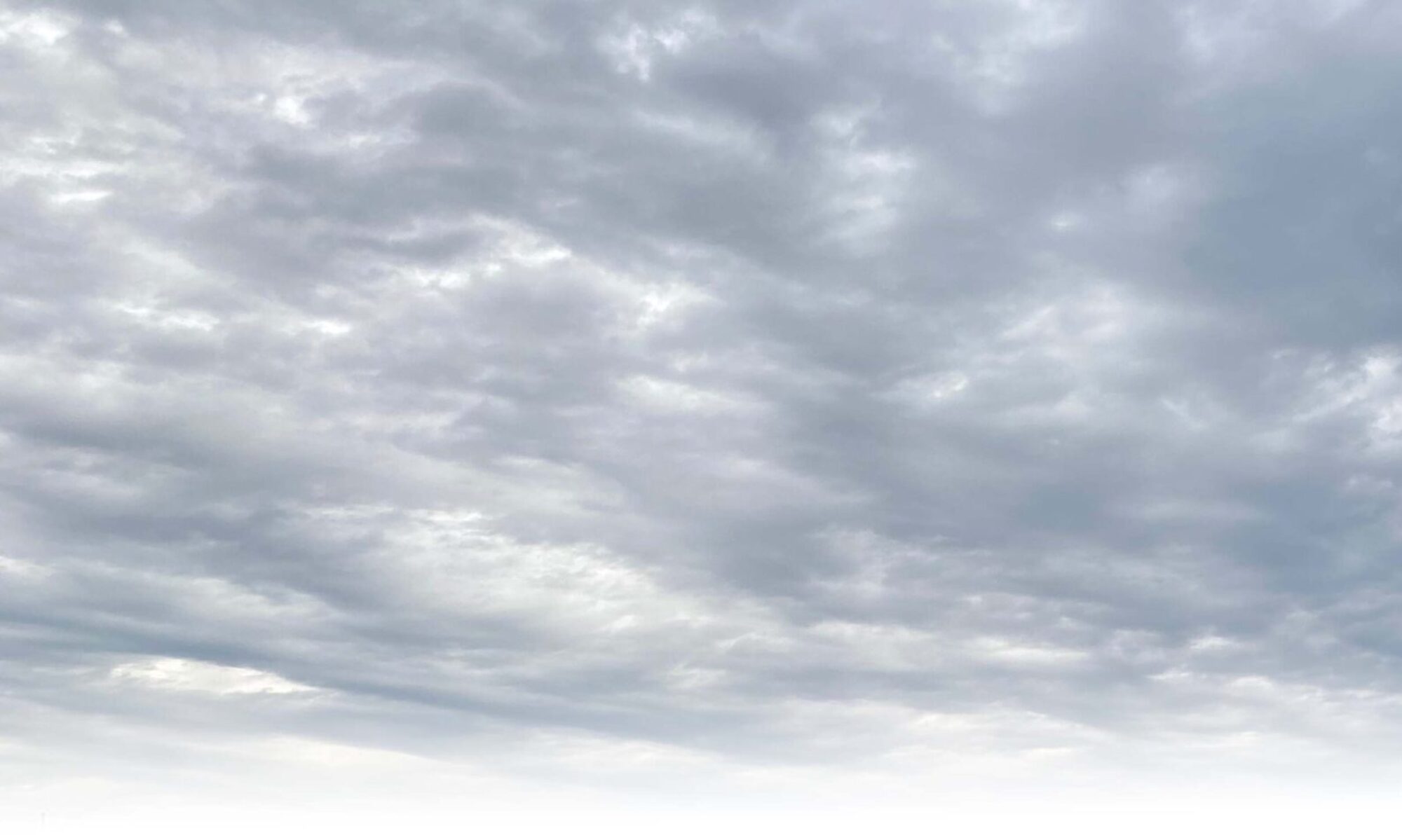I got to spend a lot of time with my daughter this weekend. I love to just watch her make art. It’s so frenetic and joyful, and yet, there is intent and purpose. I remember years ago going to hear an artist in residence at the Isabella Stewart Gardner museum talk about the great lengths she took to simply have adults make art. They were so uncomfortable with being asked to make art that she resorted to asking them to make marks on paper to facilitate art making. The concept of making art gets freighted with over thinking and value judgement throughout our lives and, unless we receive outside validation, many of us stop making art altogether. Not only is exposure to art and creativity important to the soul’s experience, the making and process of it makes us more human and happy, in my opinion.
Frankie dashed this piece off in about 10 minutes this weekend. I love the motion and color in it, and I love that she spelled “LOVE” backwards–something that she has been experimenting with for a while now. I don’t know where spelling backwards is on the arc of learning, but it is compelling and I like to think she is a junior Leonardo daVinci, who kept whole journals in backward handwriting. I also love it because it reminds me of one of my favorite albums by one of my favorite bands, “EVOL,” by Sonic Youth. I am reading Girl in a Band right now, so this is all serendipitous to me.





